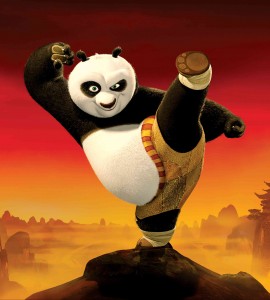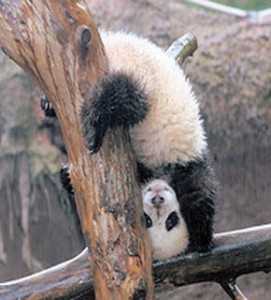The lion, Panthera leo, is one of the most common animal symbols used in human culture. It is often recognised as a representation of majesty, courage, strength and excellence because of its physical attributes as well as its powerful roar.
However, there are variations and accompanying functions of a lion’s roar. McComb, Packer and Pusey (1994) explained that “in the pride, both sexes roar in order to broadcast ownership of a territory, to stay in contact with other members of their social group and, under some circumstances, to attract mates.” Additionally, functions of roaring also differ between resident and nomadic male lions.
In the BBC video, King Lion Under Attack, two nomadic lions were seen roaring in another lion’s, Simba’s territory, which is in fact the ultimate act of provocation. According to Grinnell and McComb (2001), nomadic individuals in general do not roar as this “could risk inviting escalated contests with territorial competitors” but begin roaring “as soon as they launched a challenge for ownership of a pride.”
Analysing the reel life depiction, Disney’s The Lion King movie, two functions of the lion’s roar can be seen. In the first instance, Simba the young lion roared when he officially reclaimed his rightful position in the land after overthrowing his tyrannical uncle, Scar, who was the opponent to the throne. This illustrates Grinnel and McComb’s (2001) point on roaring as an advertisement of territory. Secondly, the other lions in Simba’s pride roared in chorus after him, corresponding to the point that roaring helps “to stay in contact with other members of their social group.” Apparently, in preparation for the filmmaking, the creative team for the movie had visited Eastern Africa to experience close encounters with real lions in order to understand their behaviours and capture every subtlety (The Lion King, 1994).
Similar observations of vocal signalling for the purposes of the establishment and maintenance of territories are also found in the male sea lions, Zalophus californianus (Schusterman and Dawson, 1968).
Bibliography
Grinnell, J. & K. McComb, 2001. Roaring and social communication in African lions: The limitations imposed by listeners. Animal Behaviour, 62(1): 93-98.
“King lion under attack – BBC wildlife,” by BBC. BBCWorldwide Youtube Channel, 04 April 2008. URL: http://www.youtube.com/watch?v=BjByTjOkyi0&feature=PlayList&p=3BD71C8CA4378348&playnext_from=PL&index=14 (accessed on 03 April 2010).
McComb, K., C. Packer, & A. Pusey, 1994. Roaring and numerical assessment in contests between groups of female lions, Panthera leo. Animal Behaviour, 47, 379–387.
Schusterman, R. J. & R.G. Dawson, 1968. Barking, dominance, and territoriality in male sea lions. American Association for the Advancement of Science, 160: 434-436.
“Simba vs Scar,” by 0necardsh0rt. Youtube Channel, 15 October 2007.URL: http://www.youtube.com/watch?v=XrW6KTE08xg&feature=related (accessed on 03 April 2010).
“The Lion King,” by J. Wilmes. Thelionking, 25 May 1994. URL: http://www.lionking.org/text/FilmNotes.html (accessed on 06 April 2010).


